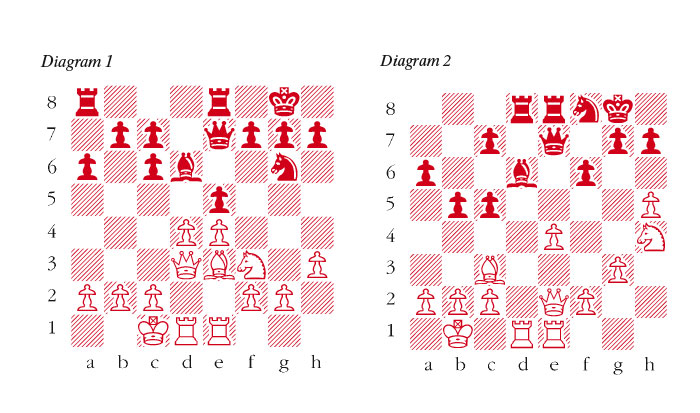Last week I previewed the respective chances of world champion Magnus Carlsen and his challenger Sergey Karjakin for their forthcoming championship bout in New York. Now I take a look at what drives Magnus and what primarily distinguishes his approach to chess from that of his rival.
Karjakin has a powerful, conventional style. Well versed in aggressive modern opening theory, he has a forceful, direct and elegant mode of play that owes much to Bobby Fischer.
Carlsen, on the other hand, is the spiritual heir of the great Emanuel Lasker, world champion from 1894 to 1921. Lasker was no connoisseur of opening theory, but where he excelled was in juggling options to avoid any kind of clear equality. Faced with such intense psychological pressure, his opponents tended to crack. This trait is highly conspicuous in the games of Carlsen.
This week, a game and puzzle by Lasker, demonstrating a clear influence over Carlsen. Notes are based on those in Why Lasker Matters (Batsford) by the US grandmaster Andrew Soltis.
Lasker-Chigorin; Cambridge Springs 1904; Ruy Lopez
1 e4 e5 2 Nf3 Nc6 3 Bb5 a6 Carlsen also favours the coming trade, often without provocation by… a6 4 Bxc6 dxc6 5 d3 Bd6 6 Be3 Ne7 7 d4 Bg4 8 Nbd2 Ng6 9 h3 Bxf3 10 Nxf3 Qe7 11 Qd3 As is typical for this opening, White has the superior pawn structure and better endgame prospects, but Black has comfortable development and free play with his pieces. 11 … 0-0 12 0-0-0 Rfe8 13 Rhe1 (see diagram 1). This is a little risky as Black now gains strong play in the centre. 13 … exd4 14 Bxd4 Bf4+ 14 … Rad8 would set White more problems. 15 Kb1 c5 16 Bc3 Rad8 17 Qe2 b5 18 g3 Bd6 Black would do better to exchange rooks before playing this retreat.

Magazine articles are subscriber-only. Get your first 3 months for just $5.
SUBSCRIBE TODAY- Free delivery of the magazine
- Unlimited website and app access
- Subscriber-only newsletters






Comments
Join the debate for just £1 a month
Be part of the conversation with other Spectator readers by getting your first three months for £3.
UNLOCK ACCESS Just £1 a monthAlready a subscriber? Log in